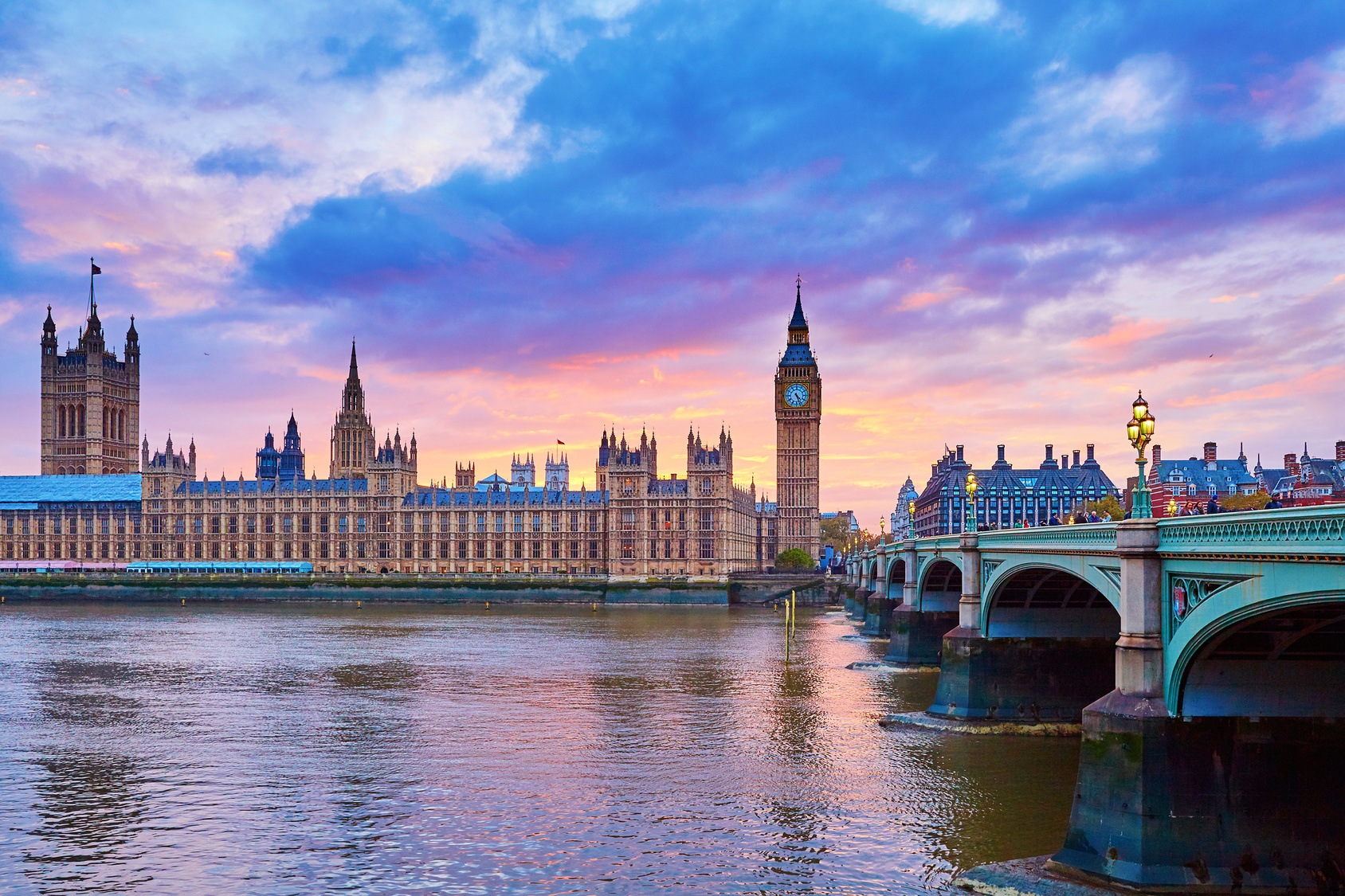
Governments have traditionally been suspicious of new technology and slow to adopt it. But recent years have seen a wholesale change not just in how the public sector buys and uses the latest technology but also how in thinks about it.
The early days of digital adoption were all about cost savings. Projects were about reducing bureaucracy and paperwork in the name of reducing budgets and speeding up interactions with citizens.
Websites were lauded as cheaper than pamphlets, email enquiry and application forms were cheaper than call centres.
But today’s projects are having a far more important impact on how government and people interact.
Recent research from Deloitte found 75 per cent of public sector respondents believed digital technologies were having a fundamental impact on their organisations. The same number believed the public sector was still behind the private sector. But both face very similar obstacles – skills shortages are a serious problem in both worlds.
But despite the difficulties more than three quarters of those surveyed believe technology is improving their departments’ interaction with citizens.
The big change for the UK government has been in adoption of open source software and an increasing use of shared tools. The move away from massive department-led technology projects has seen, with some exceptions, far better results.
This process of change has been led by the Government Digital Service which provides a central hub for any department looking to create new services or improve existing ones. GDS creates tools and standards which can be used to build services regardless of the specific department.
One important aspect of this is in service design. This looks for ways to identity and standardise common interactions or transactions so that development teams in different departments can use an off-the-shelf solution rather than re-inventing the wheel.
But there are barriers to this kind of work.
Government back-end services were not built with the internet in mind. A major frustration for anyone dealing with government is that even the simplest task can quickly break down because responsibility is divided between different departments.
Starting a business for instance might require you to talk to Her Majesty’s Revenue and Customs, the Department of Business, Innovation and Skills and the local council or authority where the business will be physically located.
Depending on the kind of business this could be just the start – there are regulators for business in almost all departments from Environment to Health.
But service users don’t know or care which part of government they need to talk to. They just want the service to work seamlessly for them.
Breaking down the silos so that citizens just experience a good service is a difficult job. Especially in a culture which traditionally has defended its turf against other departments seen as rivals rather than a culture which is used to working together.
The biggest challenges are not technical, something else which the GDS has identified and worked to fix.
But despite the difficulties there is no doubt that government is undergoing a fundamental change thanks to digital technologies.
A recent talk by GDS’s executive director Stephen Foreshew-Cain outlined his view of what government will look like in the year 2030. He noted that fifteen years ago the web was new to most people in the UK and smartphones, WI-Fi and social media were hardly used, in the UK and Europe at least.
So accepting that predicting the exact changes the next fifteen years will bring is impossible means that government must create systems which are flexible as possible to deal with a world which is seeing ever accelerating change.
He said it wasn’t that government systems would need to have changed by 2030 but that they will need to be able to continue to change. Whatever the world looks like in 2030 government needs to create systems which are flexible enough to react to the changing demands and needs of its citizens.
He said: “The biggest problem we in government face between now and then isn’t the change itself – it’s that everything will change, all the time. We know the change will happen, we know it will be inevitable and unavoidable, we know it will happen faster. It will happen whether government wants it to or not.”
To make this happen the GDS is working to set standards for good service and good design. It is creating common shared components which all government departments can use and it is helping ensure that the civil service has the skills it needs to make all this happen.
He predicted that by 2030 ‘digital won’t be a thing any more’ – it will simply be how most of our interactions with government happen.
More boldly he expects that the way government delivers services will also disrupt and change the way government itself functions.
He predicts a world in 2030 where policy making has been influenced by the new ways of delivering services to that it becomes a more fluid process. As public consultation develops so legislation will move to a more cyclical model – more like modern structures of software development with continual development cycles and constant iterations.
Foreshew-Cain also expects a move to more data-driven government decision making. Better use of data will require a better government data infrastructure which business will be able to take advantage of.
There have already been some interesting examples of this such as freeing access to transport data which is used by a variety of mobile applications.
The Department of Transport now releases dozens of other datasets which business can use.
These include road safety data, car park locations, DVLA car registrations, statistics on traffic levels, the numbers of driving licenses by age and sex and information on cycle paths.
Finally he expects these changes will mean that services start to shape government itself, rather than the other way around. He expects a smaller, more flexible and more agile government to be created by these new ways of transacting.
How much of this really happens remains to be seen but the central prediction – that change is getting faster all the time – is one which seems most likely to come true.
There’s more on this vision of future government on the GDS blog here
https://gds.blog.gov.uk/2016/05/11/what-government-might-look-like-in-2030/






